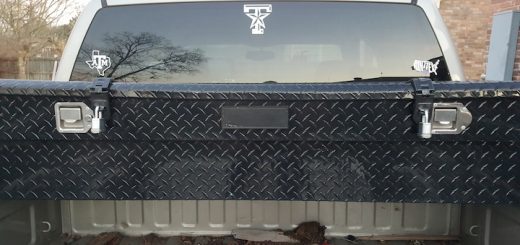How to Choose and Fit a Jockey Wheel on Your Trailer
When thinking about which trailer accessories to get for a more comfortable and convenient experience, jockey wheels are rarely on everyone’s list. However, what most new trailer owners don’t realise is that these small bits are, in fact, vital elements for their investment.
How so? For one, jockey wheels help maintain your trailer steady when it’s not hitched, giving you the stability you need for loading. In addition to helping with hitching and unhitching, they also help level the trailer or caravan and enable manoeuvring it when it’s not attached to a towing vehicle.
Considering this, it’s important to invest in a good jockey wheel. And to make the right decision on which option to get, here’s what you should know.
What Is a Jockey Wheel?
Simply, put it’s a retractable, height-adjustable wheel used on the front of trailers (or caravans) with one axle (two running wheels) or more closely spaced axles at or near the centre of gravity. It’s used when you need to move the trailer to and from the towing vehicle.
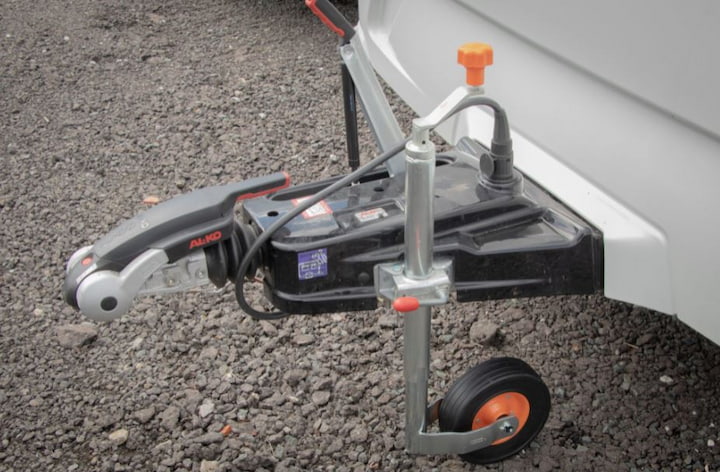
Take note that it should always offer and effortless and smooth winding motion. This will make it easy for you or other operators to wind the trailer with less effort. Therefore, make sure to pick a model that is suitable for the trailer’s size and gross weight.
How to Choose?
Connection Style
Based on the way this part affixes to the trailer, you can choose between the following types.
Standard Swivel
This type is the easiest to use. You don’t need to take it off from the trailer when you’re done using it – just pull the release handle to place it into a safe travelling position and keep it secured in place until you need to unhitch the trailer.
Off-road Swivel
As its name suggests, this one comes with specific features that make it more suitable for off-road use. For one, it offers multiple height options for different terrains in plate and yoke.
It also comes with wheels that offer superior grip, allowing you to safely maneouvre the trailer. Some models feature a side winding handle. This is quite helpful if you need to carry toolboxes and jerry can holders.
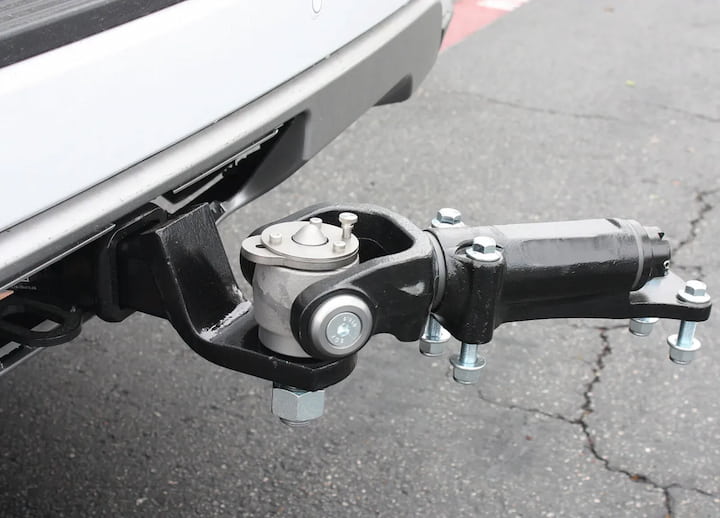
Standard Clamp
This option features a clamp that is screwed on. That said, you need to remove it every time you set out on the road with your trailer and store it away. When doing so, always make sure that the clamp is stabilised so that it’s not lost while you’re travelling.
Type of Tyre
There are two ways you can go – solid or pneumatic.
- Solid – These tyres are usually nylon or rubber. They are recommended for use on solid surfaces like for instance hard soil, concrete or paving.
- Pneumatic- These are air-filled tyres and are recommended for loose surfaces such as sand or mud.
Recommended Weight
Different options are designed for different loads. To determine the weight you need to move, calculate the trailer’s weight plus its gear when loaded and add an additional 20% for safety. This should be the amount of load that the jockey wheel you choose can carry.
How to Install?
First of all, secure the trailer by hitching it to the vehicle. This way it won’t move and there’s no risk of injuring yourself.
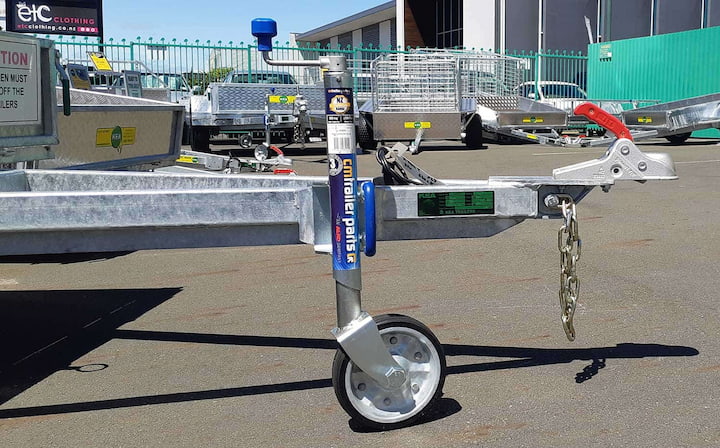
Once you’ve secured the trailer, find where you need to install the wheel. If the trailer has never had one, you will need to pick a spot for yourself. To do so, simply find a spot on the drawbar that’s free of wires or other fixtures.
Then, attach the bracket. If you have a U type, you can slide it over the drawbar until it reaches the mounting plate where you can tighten all the nuts.
After you’re done, test whether the jockey wheel can go up and down, or if it can swing freely if you chose a swivel mode.
Tips for Correct Usage
When operating the jockey wheel, caution should be used to prevent too much weight from being applied to it. Damage to the wheel, the hitch, and even the trailer jack could result from attempting to move an over-loaded trailer on the wheel.
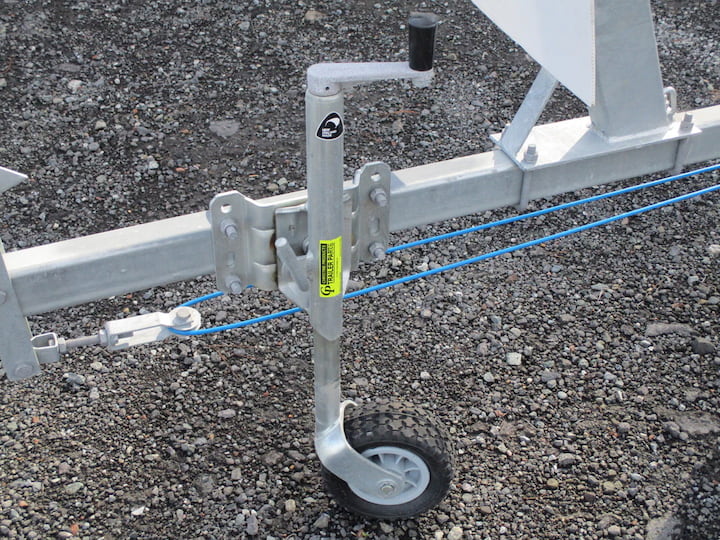
Make sure to carefully elevate the trailer jack to its highest level before moving the trailer. Unless you do so, there will be too much friction between the wheel and the road, leading to damage. In other words, you may experience a flat spot in the tyre, preventing you from moving the trailer correctly.
When it comes to parking your vehicle on a soft surface, such as sand or wet ground, make sure to always set the jockey wheel on some kind of support. Otherwise, your trailer can sink into the ground and cause damage to the wheel or jack. Simply place a board or some other flat object underneath to spread the weight evenly.



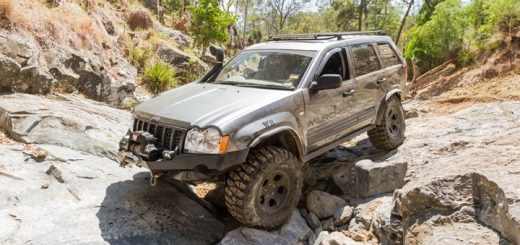



![AFX Sauber F1 C44 Stake No24 Slot Car [22092]](https://www.availableonline.com.au/wp-content/uploads/2025/06/6ccd9e30-c6fa-4910-9081-5fcc3ba80b04__60843-520x245.jpg)
